When it comes to email marketing, you know just how important it is for driving sales. It’s a cost-effective, actionable way to reach out to your audience’s inbox. Email marketing can bring targeted traffic, increased brand awareness, and enhanced consumer relationships, among other benefits.
You should always analyze your email marketing campaign’s performance after you send it to identify the most reasonable decisions you made and where you went wrong.
Thanks to Google Analytics, your email marketing stress doesn’t have to be re-invented as Google has created a service to help you. In this article, you will learn how to track email campaigns with Google Analytics to improve your marketing strategy.
Why should you track email campaigns with Google Analytics
The number of opened emails, the number of links clicked, and the number of unsubscribes after an email campaign – are all important metrics. For example, it’s always best to focus on conversions—for example, how many customers or leads you generated.
Several email tracking tools allow you to see whether or not a subscriber clicked on a link in your email and then took a specific action on your website. You can use Google Analytics, or GA, to map the subscriber’s journey after landing on your website from an email – beyond tracking clicks.
In three easy steps, we will demonstrate how to set up Google Analytics email tracking to understand which links in your email campaigns drove the most users to your website.
Set up your Google Analytics account
Email marketing is a great way to connect with your customers and increase sales. However, many businesses struggle to get started with email campaigns because they do not know how.
Google Analytics is a powerful tool that can help you track the success of your email campaigns. By setting up campaign tracking, you will be able to see how many people opened your email, clicked on links, and unsubscribed from your list. This information can be very valuable in helping you improve your email marketing strategy.
- First, you need to create a campaign in Google Analytics. To do this, click on the “Campaigns” tab and then click “New Campaign.”
- Next, you will need to choose a campaign name and campaign type. For the campaign name, we recommend using something that describes the purpose of the campaign, such as “Spring Sale.” For campaign type, we recommend using “Standard.”
- Once you have chosen a campaign name and type, you will need to select the email provider you want to use. Google Analytics integrates with a variety of email providers, including MailChimp, Constant Contact, and Campaign Monitor.
- Once you have selected your email provider, you will need to enter your campaign details. This includes the campaign name, subject line, From the name, From the email address, Reply-To email address, and email body.
- After you have entered all of the campaign details, click on the “Save” button.
Your email campaign is now set up in Google Analytics and you can start tracking your results!
Google Analytics: Tracking Emails
Log into your Google Analytics account and then click on the Admin tab.
Establish Goals
GA won’t help your campaign if you simply run it for the sake of running it; in addition, you want to make sure that the tracked information is in line with your campaign objectives. Don’t delay setting it up as soon as you have registered.
There are three options available in Google Analytics:
- goal templates;
- smart goals;
- custom goals.
Specify the additional details of the corresponding goal.
Include URLs
Consider that you’ve updated your blog with a new article. It was shared via email and on Facebook. Your blog post gets thousands of visitors the next day. But where did they come from? Did they come from email or Facebook?
Adding trackable URLs – links with corresponding UTM (Urchin Tracking Module) parameters or tags at the end of your target website URL – will enable you to identify the source of your traffic.
Manually or automatically, you can tag your URLs.
Use the Google Analytics URL Builder if you want to do it manually.
Here are the steps you need to take to generate a URL that includes UTM tags:
Put a link to the website you plan on redirecting the readers to
You should specify the campaign source (utm_source).
Using this tag will tell you where the visitors to your website originate.
- You can use Google as an example of a search engine;
- Facebook is an example of a referring website;
- Please include the name of your email, such as super_Sunday_newsletter;
- Visitors who bookmark your site or type it directly into their browser are direct traffic.
Type in the campaign medium (utm_medium).
This tag indicates the type of traffic the visitor came from:
- Unpaid organic search;
- Cost per click (CPC) – paid search;
- referred traffic;
- e-mail traffic; the traffic you generate yourself;
- all other traffic.
Include the name of your campaign (utm_campaign).
You can specify the name of your campaign with this tag. In your campaign’s name, be sure to use an underscore to separate each word.
You can use Google Analytics URL Builder to generate a unique link with all of your UTM tags.
Make sure to replace the link code for the CTA button with the one you received from the URL builder.
Make an advanced segment
For email marketing, create advanced segments to see how specific types of visitors behave on your site. To create a new segment, click “Audience” on the sidebar, then choose “Add segment” in Audience Overview.
In the “Medium” field of Traffic Sources, select “Email”. There is also the option to set up to 20 filters per segment, such as age, location, language, etc.
Reports from Google Analytics
The email campaign report shows you how many new users were gained after each campaign, how much time they spent on your site, how many pages they viewed, and the percentage of conversions that met your goals.
Report on behavior flow
Assuming you have this information on hand, you would probably want to explore further and see where users go on your website after receiving an email campaign. You can use Google Analytics to track your users’ behavior by generating a behavior flow report that shows where they go after they arrive at your site.
Follow Google’s Terms of Service regarding privacy
A website’s usage data and user behavior can be tracked using Google Analytics cookies. As part of the new GDPR rules, you need to draft a privacy policy that explains how you collect data. In the Cookie Statement, please explain how and why you use cookies on your website.
These documents are usually found in the footer of companies’ websites so that users can easily find them:
Conclusion
Tracking email campaigns with Google Analytics is very beneficial. By tracking your campaigns, you’ll be able to better understand your audience so your email marketing can be optimized.
Your marketing efforts will be measured according to your goals if you set them. You can track the traffic to your site by including UTM tracking codes in the URLs of your emails.
Segmenting email campaigns allows us to see how the users behave and convert from different campaigns. Your audience’s preferences and on-site engagement can be better understood by checking available reports.
About Post Author
Anant Gupta
Growth Hacker, Marketing Automation Enthusiast & Founder of GrowMeOrganic




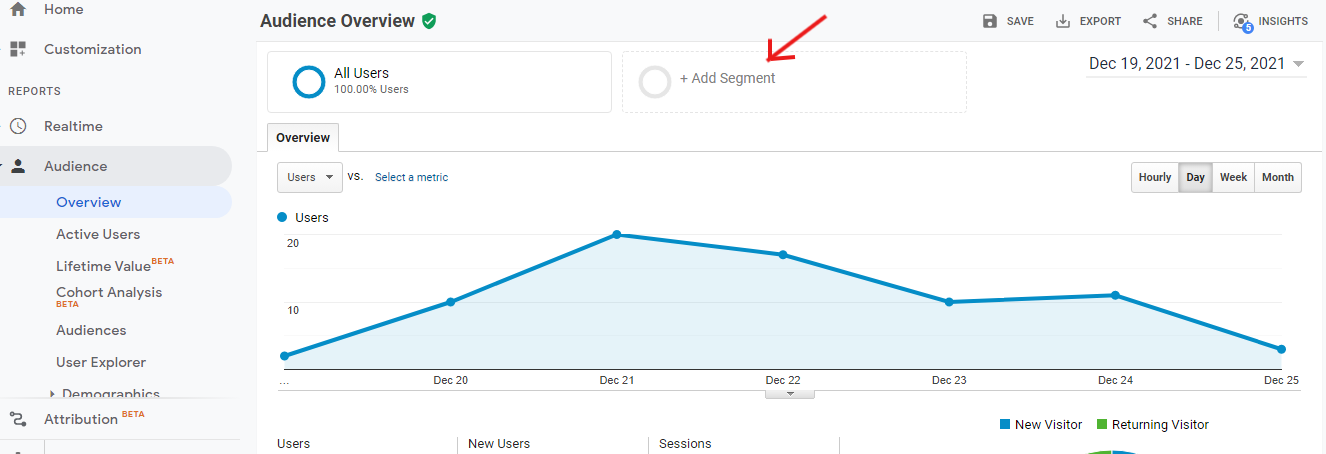
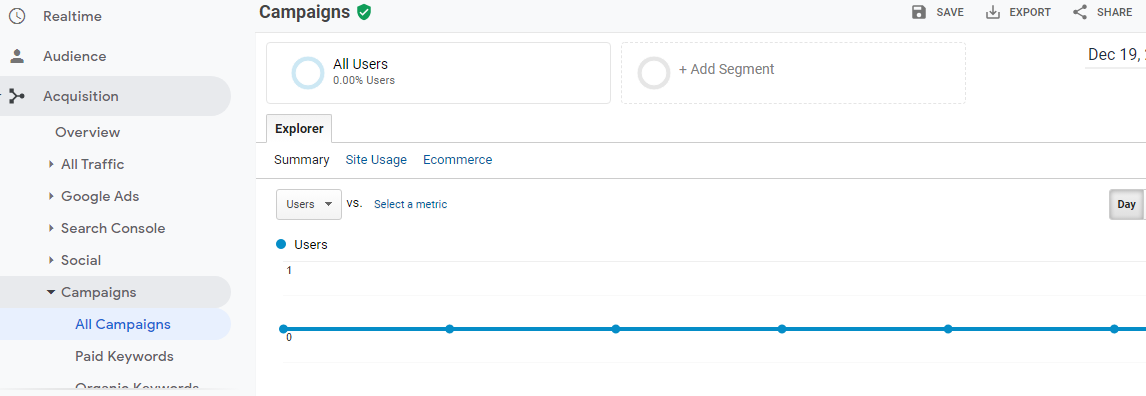
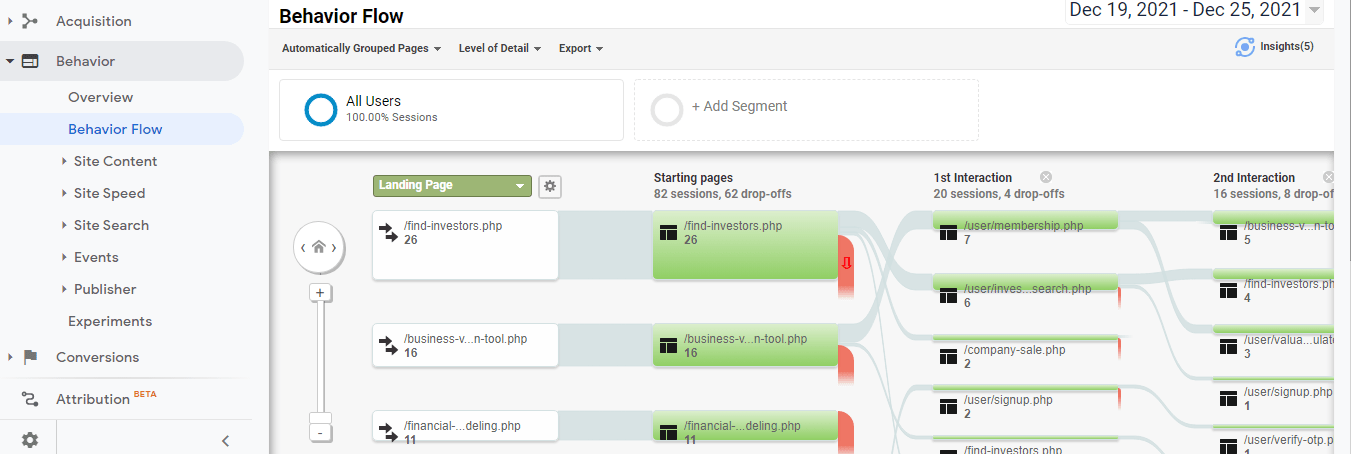
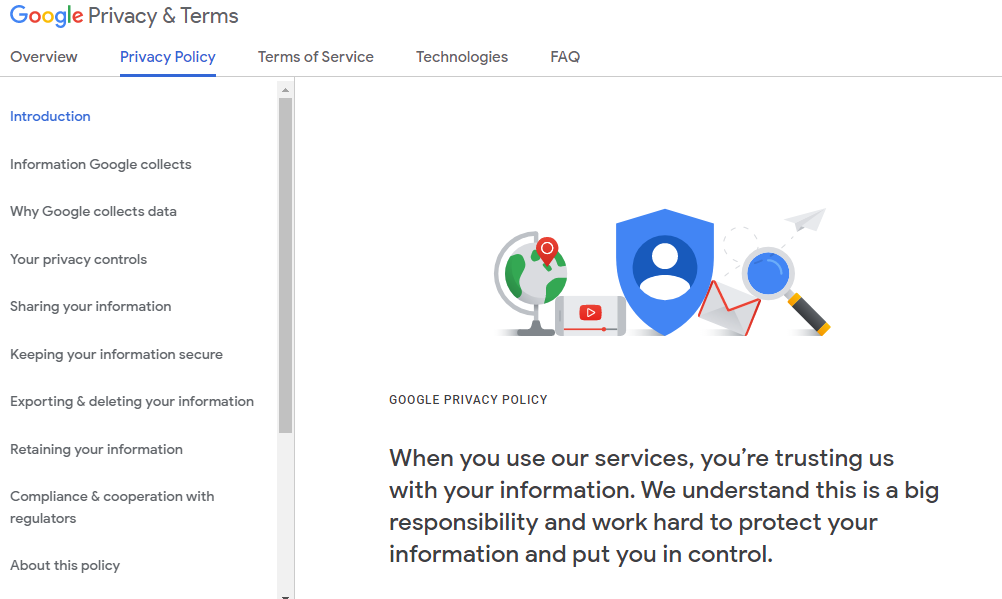
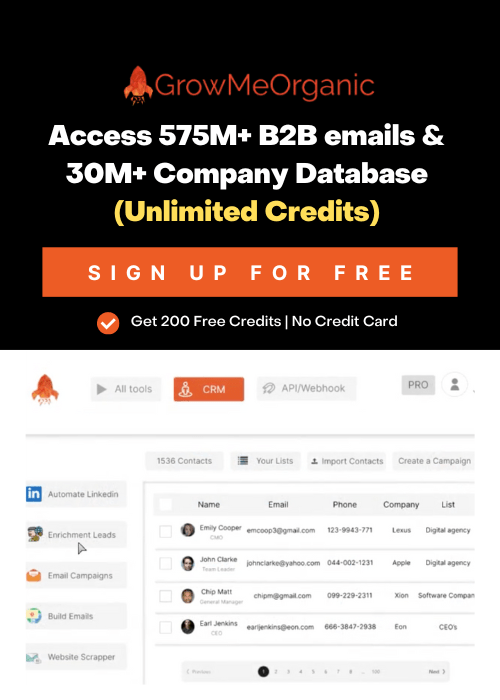




![How To Easily Export Leads From Linkedin Sales Navigator? [2024 Tutorial]](https://www.growmeorganic.com/wp-content/uploads/2024/06/export-leads-300x169.jpg)
